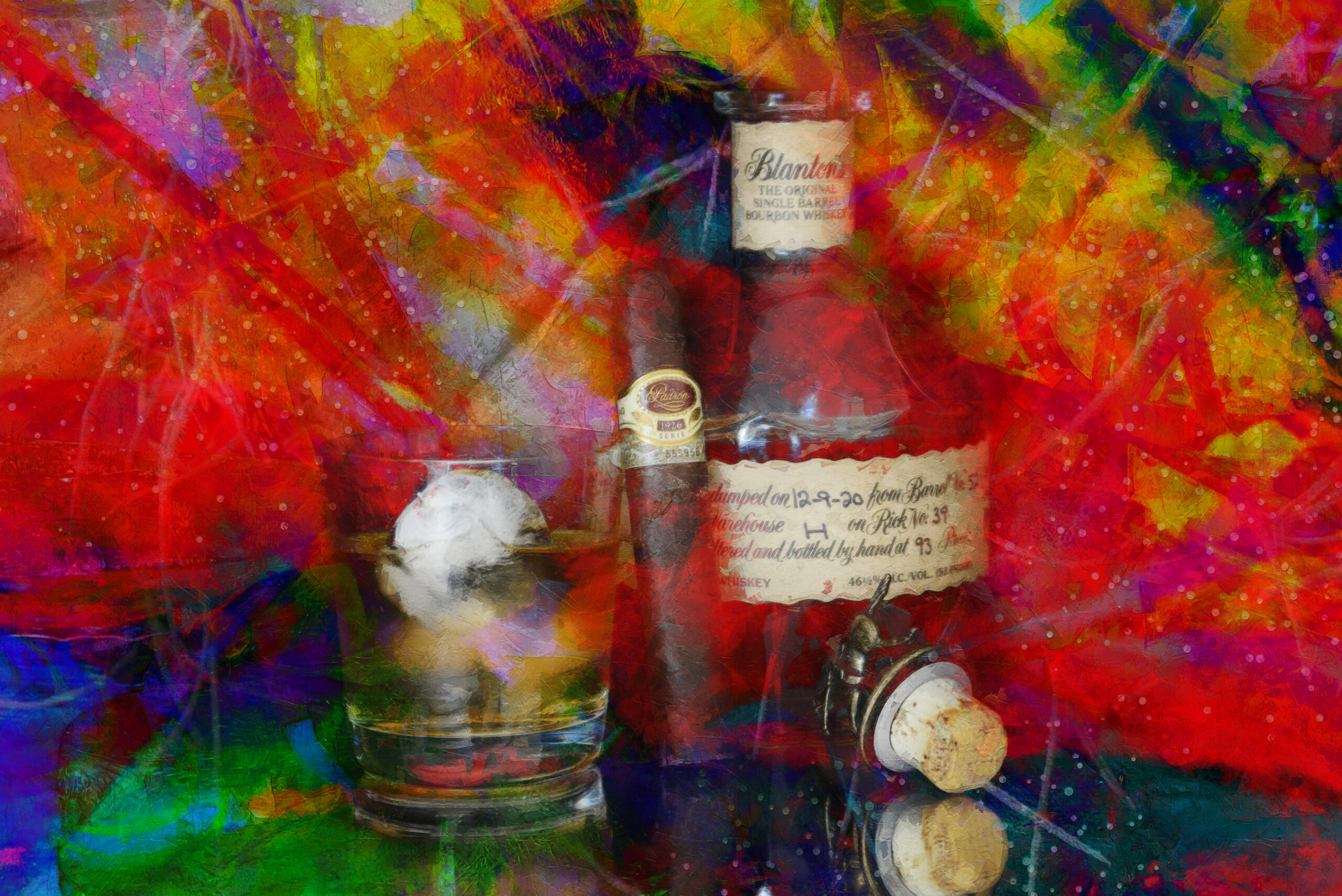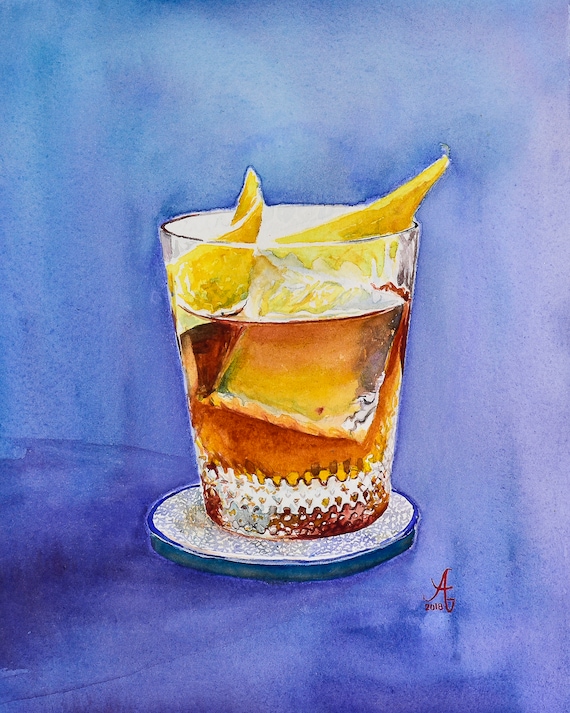Limited Edition: Discover Exclusive Bourbon Art Parts for Collectors
Limited Edition: Discover Exclusive Bourbon Art Parts for Collectors
Blog Article
Capturing the Essence of Whiskey Art With Unique Visual Representations and Designs
The art of bourbon extends past the liquid itself, showing up via a selection of aesthetic depictions that envelop its storied heritage and workmanship. From the careful style of tags that convey brand name stories to evocative photography that records the spirit's appeal, each creative expression serves to enhance the customer's trip. As the market accepts contemporary trends, the dialogue bordering these depictions comes to be progressively abundant and intricate, meaning much deeper connections in between society and creative thinking. What continues to be to be revealed is just how these evolving designs mirror not just the scotch itself but also the transforming landscape of creative interpretation.
The Background of Scotch Art

As whiskey manufacturing spread, so as well did the need to raise its experience with art. From the complex inscriptions on early casks to the fancy tags of contemporary containers, each element mirrors a special creative vision, acting as a visual story of the bourbon's heritage.
In the 19th and 18th centuries, the surge of the commercial revolution additionally boosted whiskey art, leading to innovative packaging and marketing that recorded customer focus. Musicians and developers started explore looks, imbuing whiskey-related images with symbolic significances that conveyed concepts of custom, craftsmanship, and neighborhood.
Today, bourbon art remains to advance, blending traditional approaches with contemporary art kinds. Bourbon Art. This recurring dialogue between the spirit and its visual representation underscores the long-lasting bond between bourbon and culture, improving the overall experience for enthusiasts worldwide
Iconic Container Layouts
While numerous factors contribute to the allure of bourbon, iconic container styles play a pivotal role in forming customer assumption and improving the total experience. The aesthetic discussion of scotch bottles is not merely an aesthetic consideration; it works as a bridge in between the product and the consumer, stimulating feelings and setting assumptions.
Unique forms, materials, and closures can boost a whiskey brand name's identity, making it immediately well-known on crowded racks. The timeless Glenfiddich bottle, with its elegant conical shape, shares a feeling of tradition and craftsmanship, while the strong, modern-day design of the Balvenie container mirrors advancement and elegance. The usage of colored glass or distinct appearances can recommend the high quality and character of the bourbon within.
Legendary styles typically integrate elements of cultural heritage, representing the brand name's history and link to its roots. Brands like Jack Daniel's utilize an uncomplicated, durable design that reverberates with its American bourbon heritage. Inevitably, the influence of bottle design expands past mere performance; it envelops the essence of the brand name, inviting consumers to delight and explore in the rich tapestry of scotch culture.
Tag Artwork and Branding
Bottle layouts frequently establish the stage wherefore consumers can anticipate, but label art work and branding play a similarly significant role in interacting a bourbon's identification. The tag works as the first point of contact in between the customer and the item, encapsulating the essence of the scotch within its aesthetic elements.
Efficient label art work integrates imagery, typography, and color to develop a story that reverberates with the brand's heritage and target market. As an example, a label including elaborate illustrations and classic font styles may evoke a feeling of custom and workmanship, attracting connoisseurs. In contrast, bold shades and contemporary layout components might draw in a younger demographic looking for technology and excitement.


Photography and Visual Storytelling
Capturing the essence of scotch via photography and visual narration is an art type that boosts the brand experience. This tool goes beyond simple item representation, diving into the intricate narratives that surround each container. By employing compelling imagery, professional photographers can evoke emotions that resonate with customers, eventually forging a deeper link to the bourbon brand name.
Aesthetic storytelling in whiskey photography often makes use of abundant structures, illumination, and make-up to highlight the one-of-a-kind attributes of the spirit. The interplay of light and darkness can emphasize the brownish-yellow tones of whiskey, while the choice of history aspects-- such as rustic barrels or elegant glasses-- can strengthen the brand's heritage or way of life associations.
Furthermore, catching the ritualistic elements of scotch intake, from the putting to the sampling, invites audiences right into a sensory experience, allowing them to imagine the tastes and scents pop over here that await. Each photo not only showcases the item yet likewise tells a story of workmanship, custom, and the moments that bourbon can improve - Limited Edition. Therefore, photography ends up being a powerful tool in verbalizing the identity of whiskey brand names, positioning them within the more comprehensive social landscape
Arising Patterns in Whiskey Art
The advancement of scotch art is increasingly shaped by contemporary patterns that reflect wider societal shifts and customer choices. One prominent pattern is the assimilation of sustainability right into art practices. Musicians are now making use of green procedures and recycled materials to produce whiskey-themed pieces, resonating with eco conscious customers. This change not just highlights the importance of sustainability but likewise improves the story surrounding scotch manufacturing.
Additionally, digital art has risen in popularity, allowing for cutting-edge representations of whiskey. Musicians are leveraging modern technology to craft his comment is here immersive experiences, such as augmented truth setups that engage customers and supply a deeper understanding of whiskey's cultural relevance. This trend also reaches social media platforms, where aesthetically striking content amasses attention and fosters community among enthusiasts.
Furthermore, collaborations in between scotch brands and musicians are coming to be more commonplace. These partnerships produce limited-edition product packaging layouts and exclusive artworks that celebrate both the craftsmanship of scotch Learn More Here and the creative thinking of artists. As scotch art proceeds to progress, these arising patterns will undoubtedly form its future, promoting a dynamic junction of society, sustainability, and technology within the bourbon area.
Conclusion
To conclude, the art of bourbon incorporates a varied variety of aesthetic representations that mirror its abundant heritage and workmanship. From iconic bottle layouts and detailed tag art work to engaging digital photography, each element adds to a broader story that boosts the consumer's experience. As arising fads, such as digital art and sustainability, continue to shape this imaginative landscape, the multifaceted identity of whiskey remains a sustaining source of cultural link and exploration.

In final thought, the art of bourbon encompasses a varied array of visual depictions that show its abundant heritage and workmanship.
Report this page